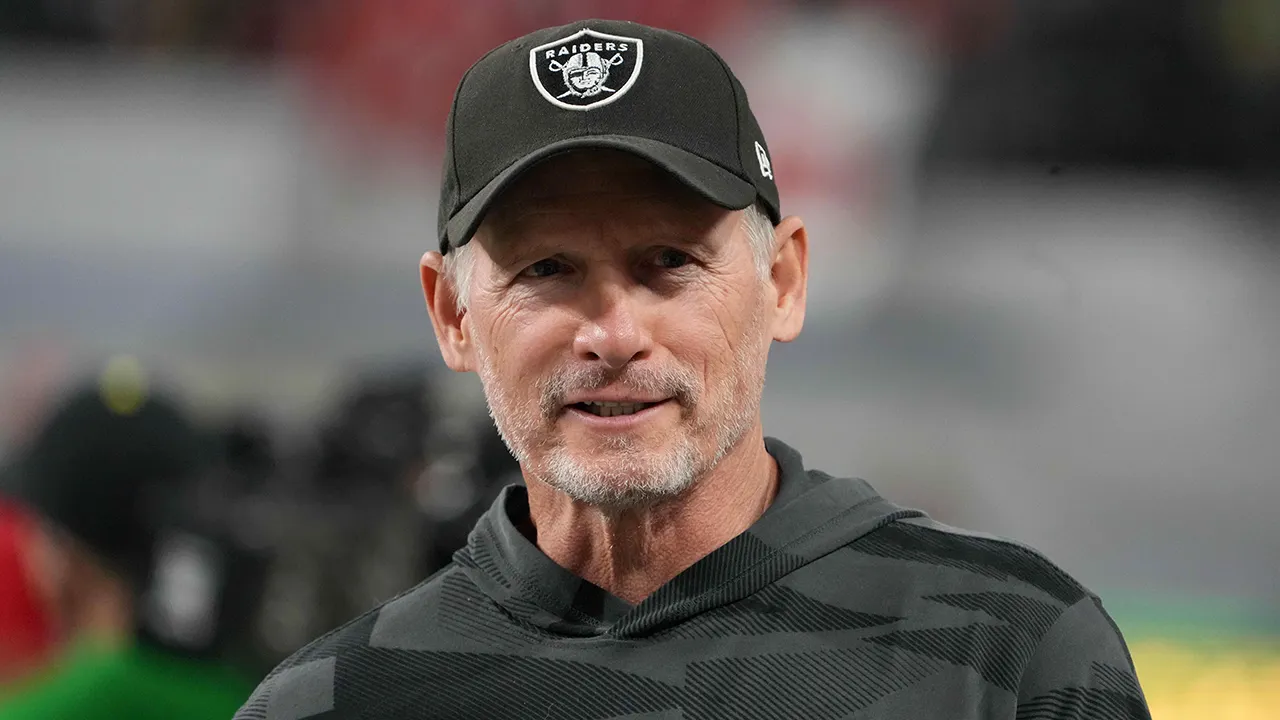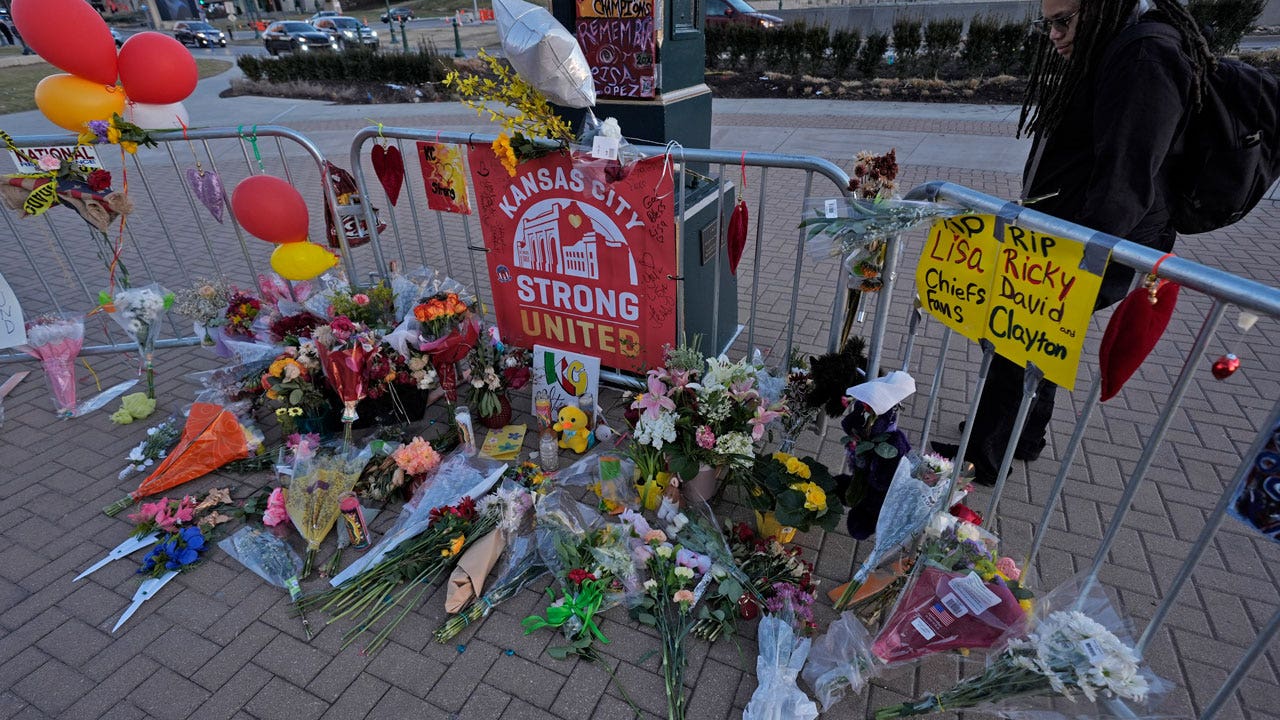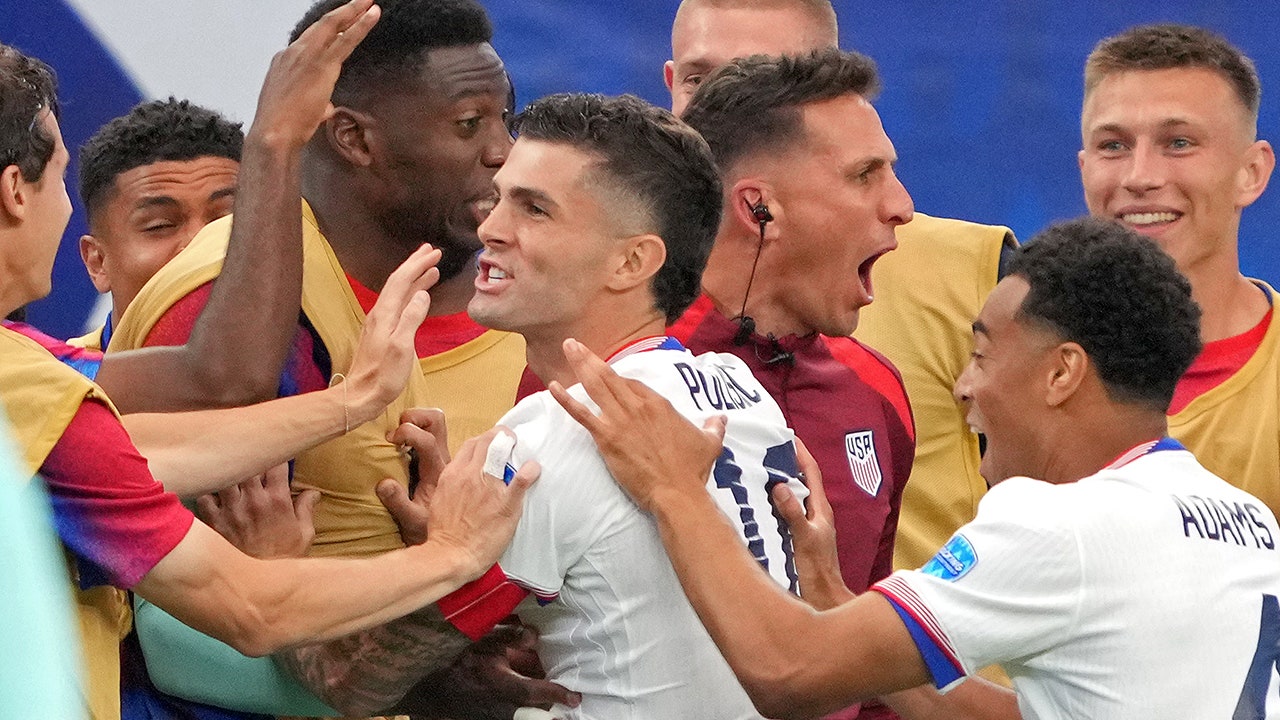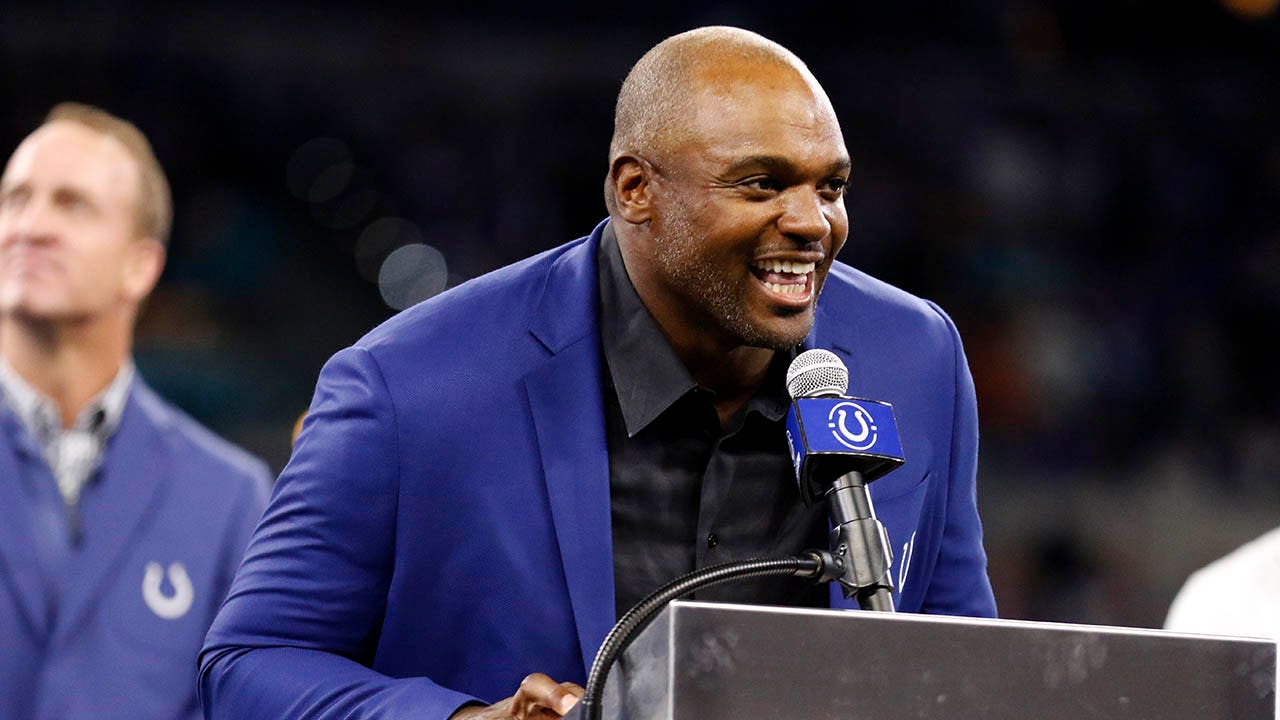Manchester United’s £52million signing of Leny Yoro was a deal to make European football sit up and take note last week.
Most observers had expected Lille’s teenage defender to end up at Real Madrid, but along came United, offering greater returns and long-term challenges, to win the race for his signature.
It is the biggest transfer of the Premier League’s summer and a sizeable show of faith in one so young. The market in which United chose to invest such a significant sum, however, should not come as a surprise.
Ligue 1, the French top division where Yoro shot to prominence last season, is where the Premier League’s 20 clubs have collectively spent more than any other overseas league in the past decade.
The outlay stood at £1.81billion ($2.34bn) in the previous 10 years ahead of this summer and, in all probability, will soar past the £2bn mark in the next six weeks. The weight of numbers making the move to the Premier League from French clubs — 145 players and counting — is also unsurpassed.
No other European league has received more of the Premier League’s riches through transfer fees than France’s top division since 2014, although Spain’s La Liga and Germany’s Bundesliga are not far behind.
La Liga used to be where Premier League clubs spent most of their money. In the 10 years between 2004-05 and 2013-14, it was Spain’s top division that comfortably drew in most transfer income from the Premier League, with 27 per cent more spent there than in France.
The following decade still saw another £1.76bn spent on La Liga players, but others, most strikingly Germany, have caught up. Bundesliga clubs sold players for a sum totalling £1.72billion between 2014-15 and 2023-24 and last summer was the highest outlay on record.
In a transfer window that saw RB Leipzig sell Josko Gvardiol to Manchester City, Christopher Nkunku to Chelsea and Dominik Szoboszlai to Liverpool, the Premier League collectively spent £378million on Bundesliga players. The running total since 2018, in fact, stands at £1.26billion, marginally ahead of Ligue 1 over that shorter period of assessment.
Serie A was another market to catch Premier League eyes last summer, collecting over £300million in transfer fees, but of the big five European leagues, it remains the least favoured, with a 10-year return of £1.48bn.
For all that, France still stands apart in the overall spending table, having been the most popular place to shop in four of the last nine seasons. And the early moves of this summer, most notably Yoro, would indicate it is anything but a passing fad.
For all it is considered to lag behind rival leagues such as La Liga, Bundesliga and Serie A, trailing in UEFA’s national coefficient rankings, Ligue 1 continues to act as Europe’s chief talent factory. In 19 of the past 20 years, according to the respected website Transfermarkt, there have been at least 10 players bought from Ligue 1 clubs. In 2022-23, that total was 22, with Premier League clubs spending more (£312million) on Ligue 1 players than Ligue 1 clubs did (£153m).
There have been some costly mistakes, such as Arsenal’s £72m deal to sign Nicolas Pepe — also from Lille — in 2019, but in recent seasons there has been a spate of success stories, with Gabriel (Arsenal), Bruno Guimaraes (Newcastle United), William Saliba (signed by Arsenal from St Etienne in 2018 but who spent the next three seasons on loan at Ligue 1 clubs) and former Lille player Amadou Onana, who swapped Everton for Aston Villa in a £50million move yesterday, all thriving.

Bruno Guimaraes has been a hit at Newcastle United (Daniel Pockett/Getty Images)
The Athletic spoke to a number of figures working in football to gauge why Ligue 1 had become the shopping market of choice for English clubs. Those who responded asked to do so anonymously, either because they did not have permission to talk or because of commercial sensitivity, but their answers were revealing.
One senior Premier League figure pointed towards the physicality and athleticism of Ligue 1 and the potential for signings to be developed at pace under better coaching in England. A senior agent, meanwhile, cited the value for money that Ligue 1 has traditionally offered when measured up against data output. Players there tend to tick all sorts of boxes when impressing at a level that demands technical proficiency.
It is hard to pinpoint a precise moment when French football began to command so much attention from Premier League clubs.
Perhaps it was the impact of Eric Cantona, Manchester United’s swashbuckling No 7 from the 1990s, or David Ginola, the dazzling winger with Newcastle United and Tottenham Hotspur, but more likely it was the deeper marks left on Arsenal by their French connection under Arsene Wenger.
As well as Nicolas Anelka, Emmanuel Petit and Robert Pires, there was Sylvain Wiltord and — via brief spells in Serie A — Thierry Henry and Patrick Vieira. Wenger found technically astute, physically strong players for prices far lower than their equivalents in English football. A total of 28 French players signed for Arsenal during Wenger’s 22 years in charge of Arsenal.
Others soon followed where he had led. Signing players from Ligue 1 — French or otherwise — made sense. Newcastle United signed five players from French clubs in 2012-13 alone, a season notable for becoming the first where Premier League clubs spent in excess of £100million on imports from a single league. It was the year Chelsea signed Eden Hazard from Lille, Olivier Giroud left Montpellier to join Arsenal, and Spurs landed Hugo Lloris from Lyon — three big deals but each strengthening the perceived pedigree of Ligue 1 targets.

Eden Hazard was a gamechanger when he signed for Chelsea (William West/AFP via Getty Images)
French football typically fields younger players, too, offering that potential and promise to suitors from overseas. UEFA’s annual report, The European Club Footballing Landscape, found that 39 per cent of all total domestic minutes played came from players aged 23 or under in France during the 2021-22 season. That made it the youngest profile of the big European leagues, way below the 26 per cent of the Premier League minutes played by under-24s and 20 per cent of La Liga, where spending from English clubs has tailed off in recent years.
Only the Netherlands’ Eredivisie, another league targeted heavily by English clubs in recent seasons, had a comfortably younger demographic than Ligue 1, with 47 per cent of minutes being played by under-24s. At the end of that assessment period covered in UEFA’s report, in fact, Premier League clubs spent £240m on players from the Dutch top flight in 2022-23, including Antony, Lisandro Martinez, Cody Gakpo and Noni Madueke.
The Premier League’s financial might grows harder for European rivals to fight against and it is Ligue 1, with its modern challenges over TV rights, that has become more vulnerable. A newly-struck domestic deal with DAZN and beIN Sports is said to be worth just £420million per season, a figure dwarfed by the Premier League’s total TV packages worth over £3bn annually. The rights for Ligue 1 since their peak in the 2016-20 cycle have actually declined in value.
Spanish, German and Italian clubs feel the same pressures, but nothing like those in France. Selling players has become a fundamental part of the business model and few do it better than Lille, who sold Yoro to Manchester United last week. The last five years have seen Lille, who finished fourth in Ligue 1 last season, sell £250million of players to Premier League clubs, including Sven Botman, Carlos Baleba, Onana, Gabriel and Pepe.

Lille sold Nicolas Pepe to Arsenal for £72m (Jeff Pachoud/AFP via Getty Images)
Lyon, another of French football’s bigger names, have been equally as adept. Their returns have also topped £200m since 2019, with the likes of Lucas Paqueta (to West Ham), Guimaraes (Newcastle) and Tanguy Ndombele (Tottenham) sold on for huge profits.
Ligue 1 still managed to post a net transfer spend of just under £30m in last summer’s transfer window, a feat beyond Serie A and La Liga, but that owed plenty to the lavish spending of Paris Saint-Germain, forever insulated by the backing of their Qatar Sports Investment ownership group.
PSG continue to be the only French club to make the top 10 of Deloitte’s Football Money League, a list of European clubs generating the greatest revenues. Marseille came 20th in the 2024 list, with Lyon 29th, but the rest of Ligue 1, especially those not benefiting from the extra revenue provided by European football, can see incomes transformed by a single sale. It is harder to say no to English overtures.
French football, as a result, has been at the heart of multi-club development plans. Chelsea’s owners BlueCo bought Strasbourg last year and Liverpool owners FSG were also in recent discussions to buy Bordeaux, a historically big club currently languishing in the second tier, before talks collapsed last week. The same reasons for targeting French players in the transfer market underpin the motivation for taking ownership of its clubs.
Little wonder, when so many have made the switch from Ligue 1 to Premier League. A total of 260 players were signed from the French top division between 2004 and 2024, a figure higher than Spain (245), Italy (192) and Germany (171).
The average cost of a signing from Ligue 1 in that time? Just under £9m.
The Premier League’s focus is broadening, with Germany’s Bundesliga gaining increased interest in the Covid-19 years, but Ligue 1 remains the most fertile ground to find a new recruit. Yoro is timely proof of that.
(Top photos: Leny Yoro, Gabriel and William Saliba; all Getty Images)






